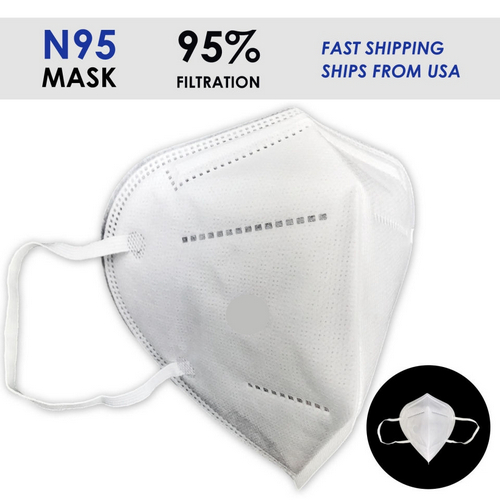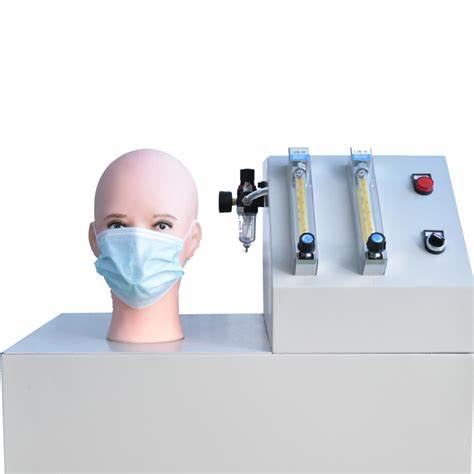
NewsInformation Center
What is the filtration efficiency of the N95 mask?
2023/09/15
N95 masks are high-efficiency filtration masks, usually composed of multiple layers of filter materials, including electrostatic textiles, melt-blown cloth and other materials, which can capture and block the entry of tiny particles. Therefore, wearing an N95 mask can provide higher protection when faced with airborne diseases or harmful particles. It should be noted that wearing and using the mask correctly is also the key to ensuring its filtration efficiency, including fitting the face tightly, avoiding touching the surface of the mask, and replacing it in time.



The filtration efficiency of N95 masks must reach at least 95%, which is also the meaning of "95" in its name. The N95 mask is a respirator with high filtration efficiency that can filter non-oil particles in the air, such as bacteria, viruses, particulate matter, etc. This kind of mask is usually composed of multiple layers of materials, including electrostatic fibers and high-efficiency electrostatic filter materials. When properly worn and sealed, N95 masks can form an effective filtration barrier to prevent particles from entering the respiratory tract.
It is important to note that filtration efficiency is measured under specific test conditions, including particle size, flow rate and particle concentration. In actual use, the filtration efficiency of the mask may be reduced due to factors such as improper wearing and loose sealing. Therefore, it is very important to wear and use masks correctly to ensure optimal filtration and protection.
In addition, due to different manufacturers and models of masks, their filtration efficiency may also vary. When purchasing masks, it is recommended to choose products that meet certification standards (such as N95, KN95, etc.) and refer to the certification information released by relevant agencies (such as FDA, CE, etc.).
How to test the filtration efficiency of N95 masks?
The N95 mask is a highly effective respiratory protective device used to filter airborne particles, including bacteria, viruses and tiny solid particles. The following is the test method for the filtration efficiency of N95 masks:
1. Particulate matter screening efficiency test:
This is a key test to evaluate the filtration efficiency of N95 masks. The test uses particulate matter, typically nanometer- or submicron-sized particles, to simulate the size of viruses or bacteria. During the test, the mask is exposed to a test chamber with a specific particle concentration, and then the particle screening efficiency of the mask is calculated by measuring the concentration of particles entering and leaving the mask.

2. Resistance test:
The resistance test is used to evaluate the resistance of N95 masks to air flow. This test measures the resistance of the mask during inhalation and exhalation, which is the resistance of the mask to the flow of air. Typically, testing is performed at specific flow rates to ensure that the mask provides adequate breathing comfort under normal use conditions.
These tests are usually performed by specialized laboratories or certification bodies to ensure their accuracy and consistency. Standardized testing methods and procedures ensure a fair and comparable evaluation of N95 masks from different manufacturers and models.
It should be noted that the filtration efficiency test of N95 masks is strict and involves professional equipment and experimental conditions. For general users, the most important thing is to purchase and use certified N95 masks to ensure that they have efficient filtration performance. When purchasing, look for certification marks, such as NIOSH (National Institute for Occupational Safety and Health) certification.
Previous: What is hydrostatic pressure and why is it important?
N e x t : What is the test for water proof fabric?



